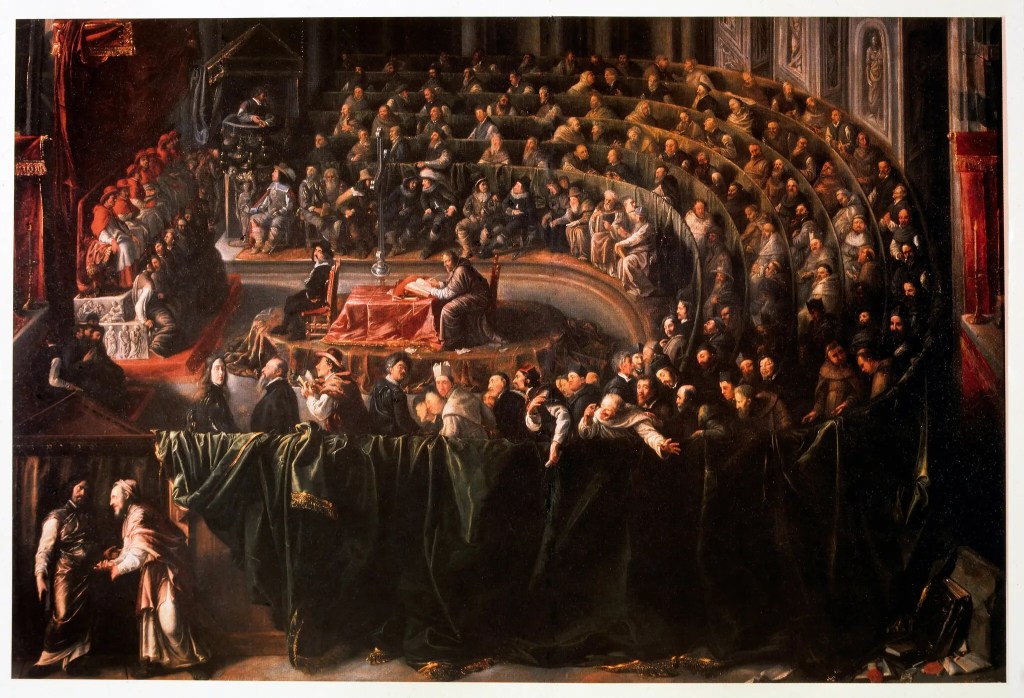On 31 August, the New York Times released an opinion article titled “Historians Observe Autocratic Playbook in Trump’s Assaults on Science,” which examines the historical similarities between contemporary political maneuvers and past occurrences concerning the suppression of scientific advancement. The article begins with a striking image reminiscent of historical trials, notably that of Galileo. Nevertheless, my colleague, the HISTSCI_HULK, notes that Galileo’s trial was significantly less dramatic than shown, taking place in a more private and dignified environment. Setting aside the historical inaccuracies, the article goes on to establish links between Trump’s treatment of science and historical suppressions by citing the Catholic Church’s position on scientific findings such as Copernicus’s heliocentrism.
Against the widespread belief, as the HISTSCI_HULK points out, Giordano Bruno was not put to death merely for backing heliocentrism but for various theological divergences. Likewise, while the Catholic Church’s well-known cosmology faces criticism, it’s crucial to acknowledge that the Church embraced the geocentric view, which was broadly accepted during that period. Aspects of Copernicus’s assertion about the Earth revolving around the sun persisted, surviving through Galileo’s writings despite the temporary placement of Copernicus’s work on the Index, which was subsequently revised.
The article also examines the dual strategy of historical leaders who simultaneously fostered beneficial scientific progress while stifling threats to their authority. Monarchs throughout history, including Catherine the Great, underscored the intricacies of championing scientific advancement while controlling political narratives. Although the opinion piece seeks to reflect historical and modern dynamics, it encourages critical examination of its portrayal and possible conflation of different historical events and motivations.
